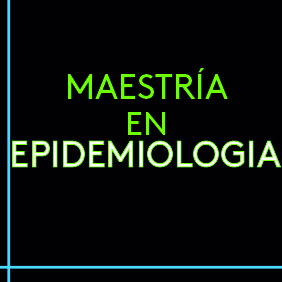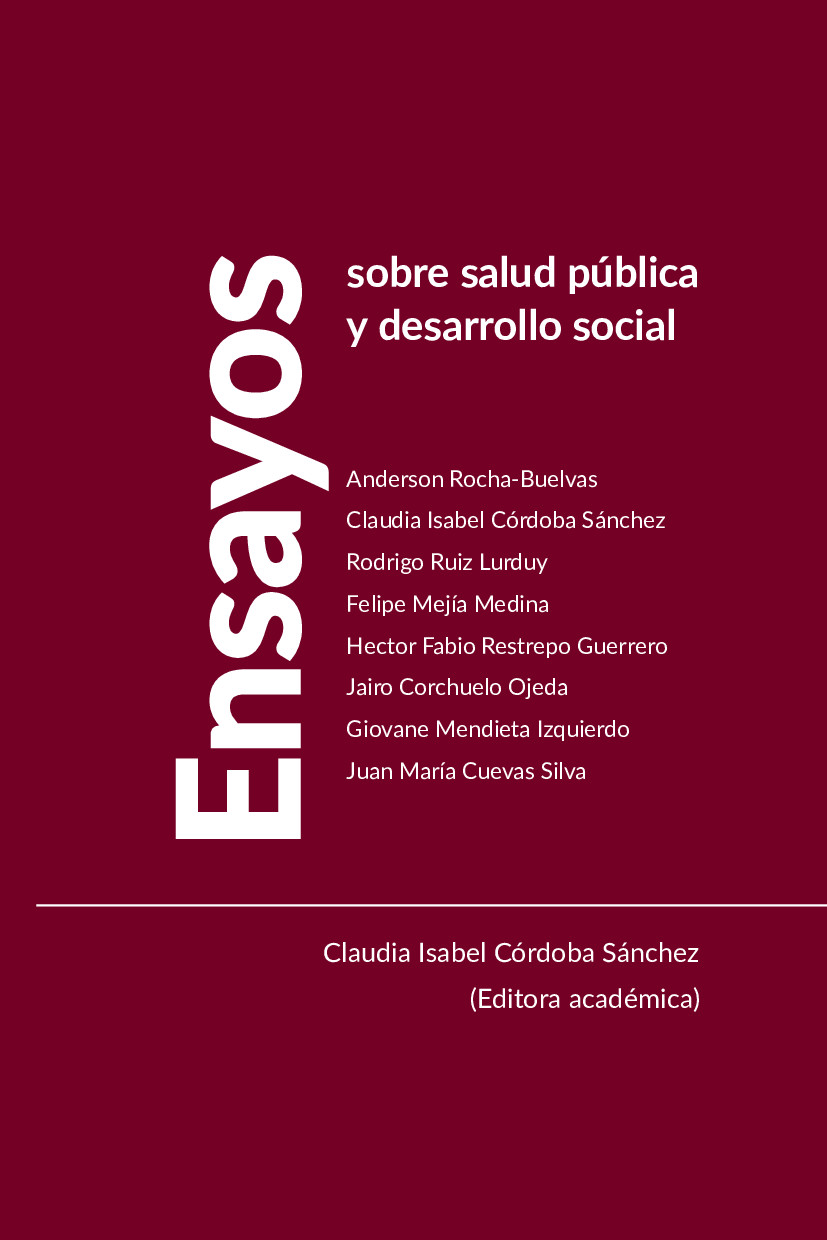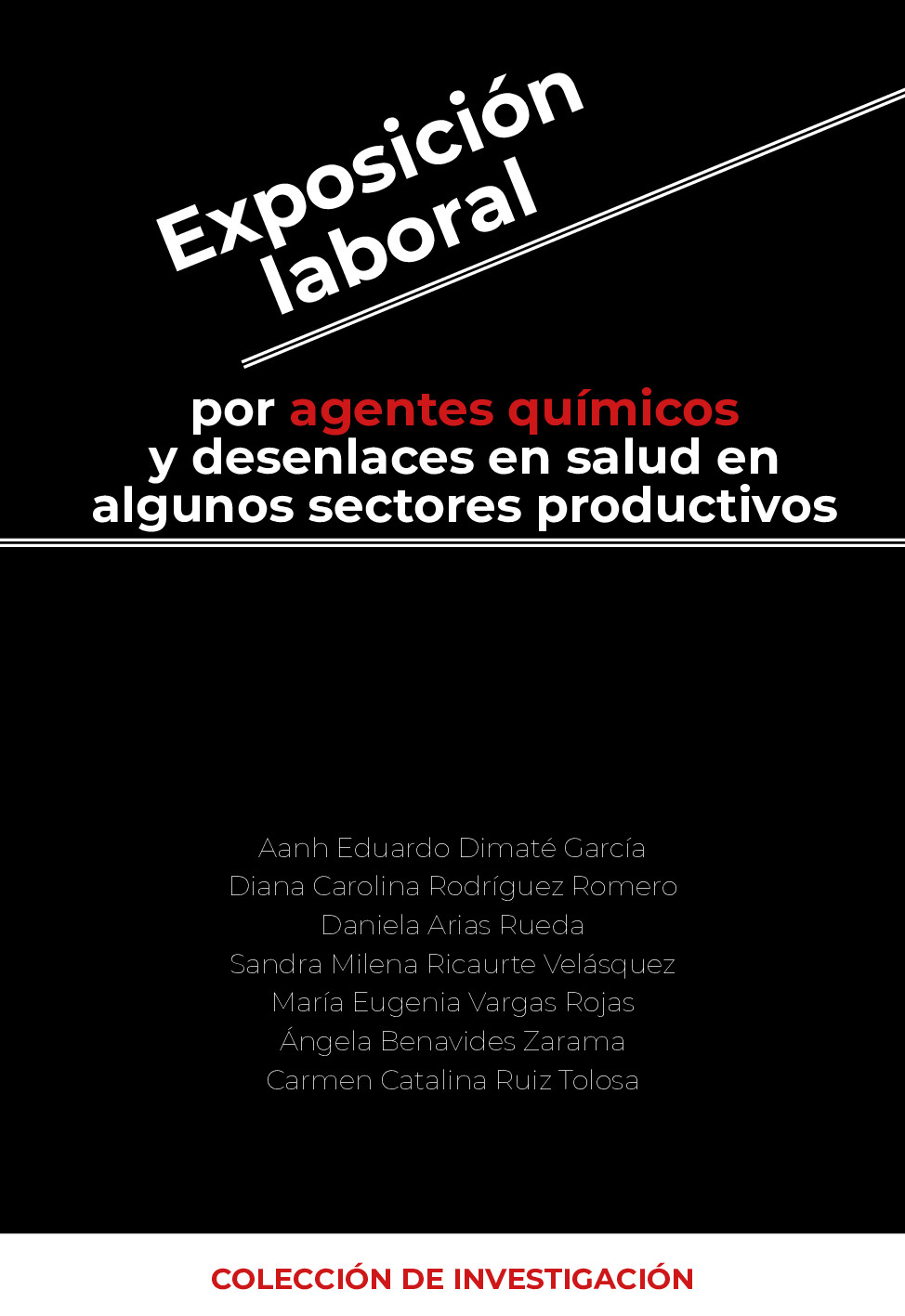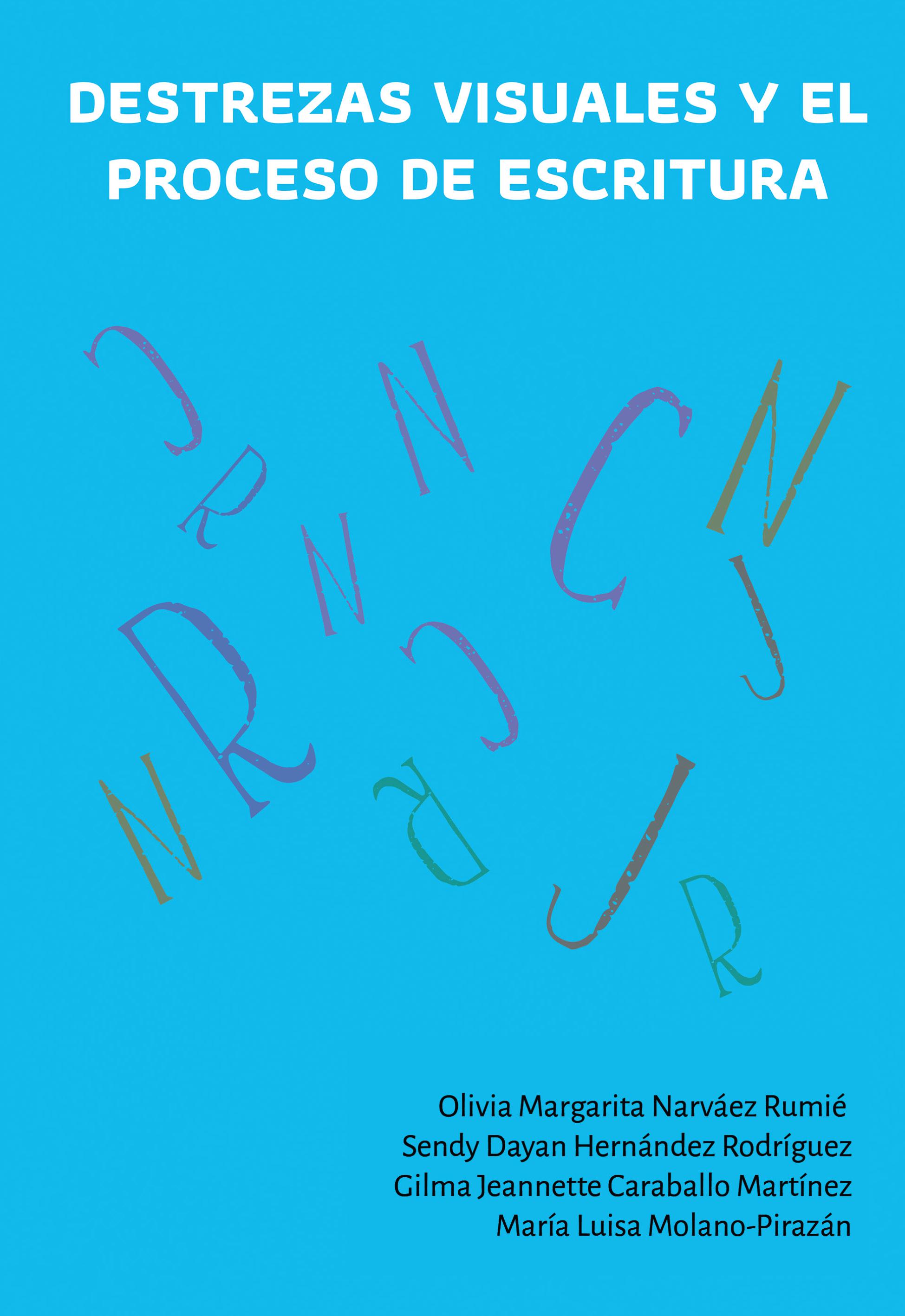Abstract
Objective: to determine the effect of an exercise program followed by a rest period post-intervention on cardiovascular risk markers in a group of children of CaliColombia school.
Materials: experimental study which included 26 children aged 10-13 years old. These were subjected to a exercise intervention period (4 months) followed by a rest period. Changes in: glucose and lipid profile, anthropometric variables, and parameters of physical capacity, were evaluated.
Results: boys showed higher values of body fat percentage, cHDL, VO2 max, load and lactate at the end of the exercise intervention, and significant increase in the value of blood glucose, BMI and body fat percentage at the end of the postintervention rest period. In girls only was observed an increase in load median after exercise intervention. In the post-intervention rest period BMI, body fat percentage and blood glucose were higher and the load value was lower compared to the end of the exercise intervention.
Conclusions: boys had a better response to exercise in variables related to cardiovascular risk, and this finding could be influenced by spontaneous physical activity in men. In most of the variables, negative changes were observed after the post-intervention rest period. To the author’s knowledge, this paper represents a first exploration of the effect of a sedentary period after an exercise program on the cardiovascular profile of a schoolchildren group.
Licence
Authors should declare no conflicts of interest either for reasons of financing the project which is the result of the article; as well as intellectuals, academics, moral and investigative reasons.
The Journal of Andean Research is home to the ethical rules for publications issued by the COPE: http://publicationethics.org/resources/code-conduct
References
2. OMS-Serie de Informes Técnicos. Dieta, nutrición y prevención de enfermedadescrónicas. Ginebra: OMS; 2003. Informe de una Consulta Mixta de Expertos OMS/ FAO.
3. Boreham CA, Twisk J, Savage MJ, Cran GW, Strain JJ. Physical activity, sports participation, and risk factors in adolescents. Med. Sci. Sports Exerc. 1997; 29: 788-793.
4. MINISTERIO DE SALUD. La salud en Colombia. 10 años de información. Situación de salud. 1995.
5. Álvarez, R.; “Familia, Vejez y Salud”; 2° Congreso Nacional de Gerontología. Medellin, 1997.
6. American Diabetes Association. Type 2 Diabetes in Children and Adolescents. Pediatrics .2000; 105 (3): 671-680.
7. Franks P, Hanson R, Knowler W, Moffett C, Enos G, Infante A, et al. Childhood Predictors of Young-Onset Type 2 Diabetes. Diabetes. 2007; 56: 2964–2972.
8. Knowler WC, Barrett-Connor E, Fowler SE, Hamman RF, Lachin JM, Walker EA, et al. Reduction in the incidence of type 2 diabetes with lifestyle intervention or metformin. N Engl J Med. 2002; 346(6): 393- 403.
9. Jenum A, Anderssen S, Birkeland K, Holme I, Graff-Iversen S, Lorentzen C, et al. Promoting Physical Activity In A LowIncome Multiethnic District: Effects Of A Community Intervention Study To Reduce Risk Factors For Type 2 Diabetes And Cardiovascular Disease A Community Intervention Reducing Inactivity. Diabetes Care. 2006; 29:1605–1612.
10. Saelens B, Sallis J, Wilfley D, Patrick K, Cella J, Buchta R. Behavioral weight control for overweight adolescents initiated in primary care. Obes Res.2002; 10:22-32.
11. Tomassoni TL. Introduction: the role of exercise in the diagnosis and management Referencias of chronic disease in children and youth. Med Sci Sports Exercise. 1996; 28(4):403- 5.
12. Epstein LH, Coleman KJ, Myers MD. Exercise in treating obesity in children and adolescents. Med Sci Sports Exercise 1996; 28(4):428-35.
13. Menchú MT. Revision de metodologias aplicadas en estudios sobre el consumo de alimentos. 1992. OPS-INCAP. Publicación INCAP ME/4351. Guatemala.
14. Slaughter MH, Lohman TG, Boileau R.A., Horswill CA, Stillman RJ, Van Loan M, et al. Skinfold equations for estimation of body fatness in children and youth. Hum Biol. 1988; 60: 709-23.
15. Friedewald WT, Levy RI, Frederickson DS. Estimation of the concentration of low density lipoprotein cholesterol in plasma without use of preparative ultracentrifuge. Clin Chem. 1972; 18:499-502.
16. American Thoracic Society/American College of Chest Physicians. Statement on cardiopulmonary exercise testing. Am J Respir Crit Care Med. 2003; 167: 212 - 242.
17. Farpour-Lambert NJ, Aggoun Y, Marchand LM, Martin XE, Herrmann FR, Beghetti M. Physical activity reduces systemic blood pressure and improvesearly markers of atherosclerosis in pre- pubertal obese children. J Am Coll Cardiol. 2009; 54(25):2396-406.
18. Froberg K, Andersen LB. Mini review: physical activity and fitness and its relations tocardiovascular disease risk factors in children. Int J Obes (Lond). 2005,29 (Suppl 2):S34-9
19. Myers L, Strikmiller PK, Webber LS, Berenson GS. Physical and sedentary activity in school children grades 5-8: the Bogalusa Heart Study. Med Sci Sports Exerc. 1996 .28(7):852-9.
20. Akber A, Portale AA, Johansen KL. Pedometer-Assessed Physical Activity in Children and YoungAdults with CKD. Clin J Am Soc Nephrol. 2012;7 (5):720-6.
21. Andersen RE, Crespo CJ, Bartlett SJ, Cheskin LJ, Pratt M. Relationship of physical activity and television watching withbody weight and level of fatness among children: results from the Third National Health and Nutrition Examination Survey. JAMA. 1998; 279(12):938-42.
22. Sallis JF. Epidemiology of physical activity and fitness in children and adolescents. Crit Rev Food Sci Nutr. 1993; 33 (4-5):403-8.
23. Sardinha LB, Andersen LB, Anderssen SA, Quitério AL, Ornelas R, Froberg K, et al. Objectively measured time spent sedentary is associated with insulin resistance independent of overall and central body fat in9- to 10-year-old Portuguese children. Diabetes Care. 2008; 31(3):569-75.
24. Eliakim A, Kaven G, Berger I, Friedland O, Wolach B, Nemet D. The effect of a combined intervention on body mass index and fitness in obese children and adolescents - a clinical experience. Eur J Pediatr. 2002; 161(8):449-54.
25. Chen AK, Roberts CK, Barnard RJ. Effect of a short-term diet and exercise intervention on metabolic syndrome in overweight children. Metabolism. 2006; 55(7):871-8.
26. Mo-Suwan L, Pongprapai S, Junjana C, Puetpaiboon A. Effects of a controlled trial of a school-based exercise program on the obesity indexes of preschool children. Am J Clin Nutr. 1998;68(5):1006-11.





















